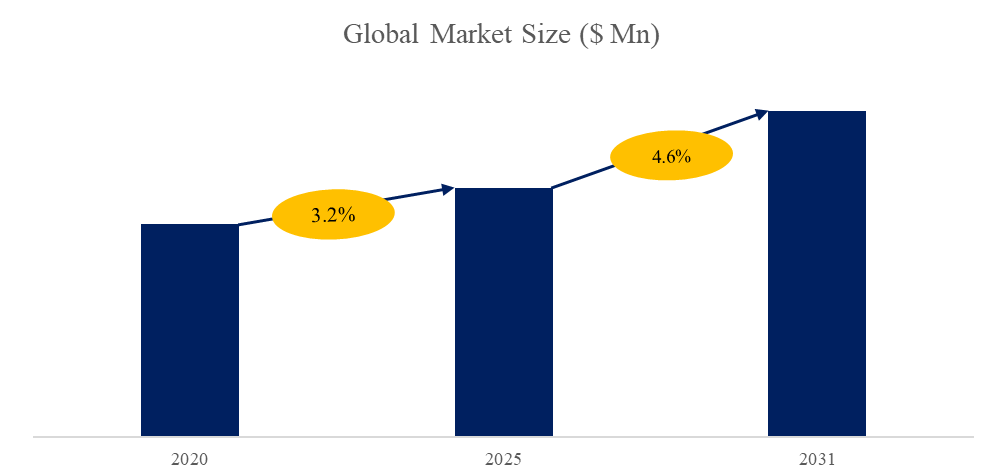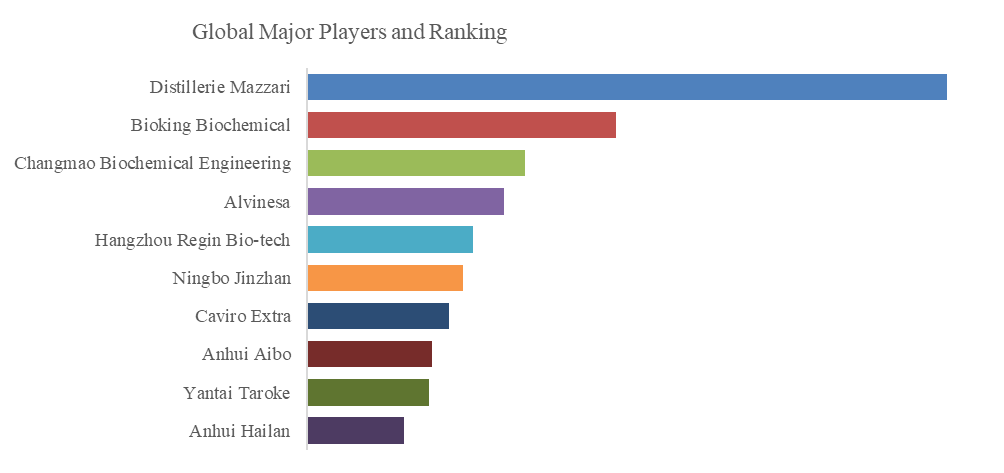Tartaric acid is a white, crystalline organic acid that occurs naturally in many fruits. It is commonly mixed with sodium bicarbonate and is sold as baking powder used as a leavening agent in food preparation. The acid itself is added to foods as an antioxidant and to impart its distinctive sour taste. Tartaric acid is used in many applications, food and beverages, wine, pharmaceutical, construction, cosmetic and chemical industry. For food, beverage and wine, tartaric acid is used for acidifying and enhancing the flavors of them. In pharmaceutical industry, tartaric acid is used as an excipient to prepare antibiotics, pills, tablets and some other medicines for heart disorders. In construction sector, tartaric acid is used in gypsum and cement to retard drying, and as a fluidizer of ceramics. In chemical industry, tartaric acid is used for photography, polishing in electronics and plastics industries. For cosmetic, tartaric acid is used as a basic compound in some natural body creams.
According to the new market research report “Tartaric Acid – Global Market Share and Ranking, Overall Sales and Demand Forecast 2025-2031”, published by QYResearch, the global Tartaric Acid market size is projected to grow from USD 459.93 million in 2024 to USD 609.94 million by 2031, at a CAGR of 4.6% during the forecast period (2025-2031).
Figure00001. Global Tartaric Acid Market Size (US$ Million), 2025-2031

Source: QYResearch, “Tartaric Acid – Global Market Share and Ranking, Overall Sales and Demand Forecast 2025-2031”
Figure00002. Global Tartaric Acid Top 10 Players Ranking and Market Share (Ranking is based on the revenue of 2024, continually updated)

Source: QYResearch, “Tartaric Acid – Global Market Share and Ranking, Overall Sales and Demand Forecast 2025-2031”
According to QYResearch Top Players Research Center, the global key manufacturers of Tartaric Acid include Distillerie Mazzari, Bioking Biochemical, Changmao Biochemical Engineering, Alvinesa, Hangzhou Regin Bio-tech, Ningbo Jinzhan, Caviro Extra, Anhui Aibo, Yantai Taroke, Anhui Hailan, etc. In 2023, the global top 10 players had a share approximately 64.5% in terms of revenue.
Main Driving Factors:
1. The consumption of tartaric acid in food and beverages is growing rapidly
Tartaric acid is used as an acidifier in wine, food and beverages, and is also a raw material for the production of emulsifiers. The current consumption of tartaric acid for food and beverages is growing rapidly.
2.Synthetic tartaric acid has the advantage of stable production compared to natural tartaric acid
Since the raw materials of natural tartaric acid depend on grapes, the production of natural tartaric acid is limited by factors such as geographical location and climate, while synthetic tartaric acid is not affected by these factors. Therefore, synthetic tartaric acid has the advantage of stable production compared to natural tartaric acid.
Main Restraint:
1.There are threats from substitutes for organic acids such as malic acid and citric acid in the market.
2.China’s synthetic products have a clear price advantage over Europe’s natural products, which could limit the market growth of natural products.
3.The sharp fluctuations in global exchange rates in recent years and the increasing downward pressure on the global economy will increase the operational difficulties of companies in this industry.
Industry Development Trends:
1.China has become the world’s largest producer and consumer of tartaric acid
China’s tartaric acid production accounts for about 70% of the world’s tartaric acid production, making it the world’s largest producer of tartaric acid.At the same time, China’s huge economic size makes it the largest consumer of tartaric acid, accounting for about 1/3 of the global sales.
2.Europe is the main production center for natural products
Europe is the main production center for natural products in the world, accounting for about 80% of the total global production of natural products. In Europe, Italy and Spain are the two most important producers. Distillerie Mazzari alone in Italy accounts for about 30% of the European sales market. Together with Caviro Extra in Italy and Alvinesa in Spain, the three companies account for about 55% of the entire European sales market.
3.The amount of tartaric acid imported from China by the Japanese market has begun to increase
Japan mainly imports D-tartaric acid and L+ tartaric acid from China, and Japanese downstream customers have relatively high requirements for product properties. According to data from the General Administration of Customs, Japan imported about 0.89kt of tartaric acid from China in 2020. By 2024, this figure rose to 1.13kt, an increase of about 27%.
About QYResearch
QYResearch founded in California, USA in 2007.It is a leading global market research and consulting company. With over 17 years’ experience and professional research team in various cities over the world QY Research focuses on management consulting, database and seminar services, IPO consulting (data is widely cited in prospectuses, annual reports and presentations), industry chain research and customized research to help our clients in providing non-linear revenue model and make them successful. We are globally recognized for our expansive portfolio of services, good corporate citizenship, and our strong commitment to sustainability. Up to now, we have cooperated with more than 60,000 clients across five continents. Let’s work closely with you and build a bold and better future.
QYResearch is a world-renowned large-scale consulting company. The industry covers various high-tech industry chain market segments, spanning the semiconductor industry chain (semiconductor equipment and parts, semiconductor materials, ICs, Foundry, packaging and testing, discrete devices, sensors, optoelectronic devices), photovoltaic industry chain (equipment, cells, modules, auxiliary material brackets, inverters, power station terminals), new energy automobile industry chain (batteries and materials, auto parts, batteries, motors, electronic control, automotive semiconductors, etc.), communication industry chain (communication system equipment, terminal equipment, electronic components, RF front-end, optical modules, 4G/5G/6G, broadband, IoT, digital economy, AI), advanced materials industry Chain (metal materials, polymer materials, ceramic materials, nano materials, etc.), machinery manufacturing industry chain (CNC machine tools, construction machinery, electrical machinery, 3C automation, industrial robots, lasers, industrial control, drones), food, beverages and pharmaceuticals, medical equipment, agriculture, etc.
Contact Us:
If you have any queries regarding this report or if you would like further information, please contact us:
QY Research Inc.
Add: 17890 Castleton Street Suite 369 City of Industry CA 91748 United States
E-mail: global@qyresearch.com
Tel: 001-626-842-1666(US) 0086-133 1872 9947(CN)
EN: https://www.qyresearch.com
JP: https://www.qyresearch.co.jp
